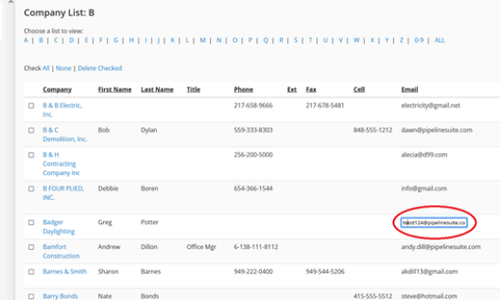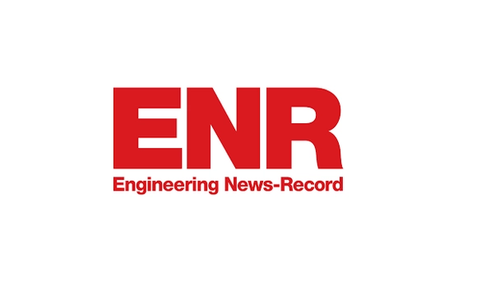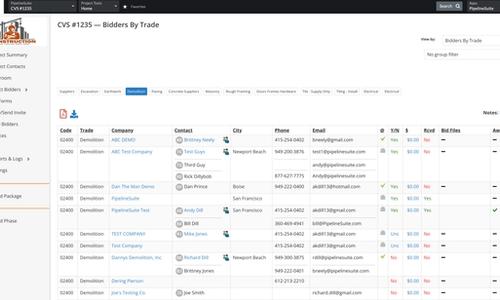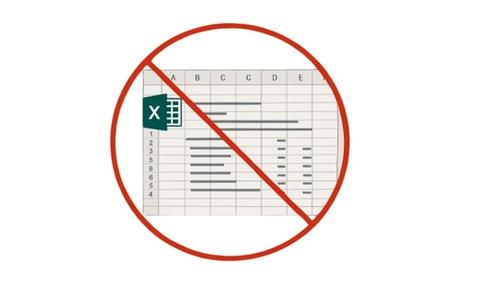5 Strategic Pillars for a Successful Bid Day
November 14, 2025

Bid day is undoubtedly stressful for everyone. There is so much riding on the outcome of the bid, not only as the trade partner but as the General Contractor. The strategic pillars for a successful General Contractor during bidding day boil down to the following:
1. Prequalification
By vetting trade partners before they ever step foot on your jobsite, you reduce risk, save time and money and set your project up for success. The prequalification form helps confirm they have the right licenses, safety record, insurance, financial stability, and experience for the work you’re asking them to do. Without prequalification, you’re essentially gambling with your schedule, budget, and reputation. With it, you’re building a team of trusted partners who are more likely to deliver on time, on budget, and without change order headaches. Prequalification will help track and identify missing or expiring certifications, Certificates of Insurance, and other important documents needed for your project to stay compliant.
2. Inviting the Correct Trade Partners
It’s important to ensure your database is accurate and that your trade partners are in the correct trades and areas they are willing to work in. Otherwise, you set yourself and your team up for a false sense of coverage. When you look at your Bidder’s list, it may look like you have invited plenty of companies in the trades you need; however, if your trade partners are not in the correct trades, your coverage is not accurate. Ensuring your trade partners are in the correct trades is another way prequalification can come in handy. With the correct bidding software in place, you should be able to quickly and easily send an update form to your trade partners which allows them to ensure they are in the proper trades. In today’s constantly changing environment, ensuring your data is accurate should be an ongoing, easy process. Having the ability to change your own data is paramount in getting immediate updates in your system and bid invitations to the correct trades.
3. Removing Project Information Barriers
When it comes to getting subs engaged, the last thing you want are any barriers like clunky logins or complicated portals which can be frustrating. The easier it is for your trade partners to access your project information, the more likely they are to respond quickly, accurately, and competitively. Removing barriers ensures better coverage, stronger pricing, and smoother collaboration from day one.
4. Making Plans and Specs Easy to Find
A robust bid solicitation software will allow you to customize each Bid Invitation to show the specific scope of work related to the trade partner. This feature is called a Bid Package which should enable your vendors to focus on the information they require for their specific trade. Limiting the file visibility saves your bidders time vs. sifting through all files to find what they need. A comprehensive Bid Package feature will allow you to:
- Create different bid dates for different Bid Packages/trades within the same Project.
- Create different verbiage on Bid Invites for different scopes and trades (ie., rather than sending a generic invite to all trades, write a specific scope or description per Bid Package/trade for a more personal touch, which may improve response rates).
- Ability to restrict project files, plans, specs by Bid Package/trade(s), if desired.
- Allows you to specify which of your users should receive Bids and RFI emails from trade partners per Bid Package.
5. Clear communication
Clear communication with your trade partners is critical for a successful bid day and ultimately successful project. When your trade partners fully understand the scope, timelines, and expectations, you avoid costly mistakes, delays, and rework. Miscommunication can lead to missed bids, incomplete pricing, or worse, major gaps once construction starts. By being clear upfront, you’re not just saving time, you're building trust and ensuring your project runs smoother from bid to build. Sending automatic bid reminder emails along with notices and addenda will help keep the communication channels open, which in turn should keep things running smoothly.
In short, your bid day stress can be kept to a minimum if you are strategic during the bidding process to achieve maximum efficiency and less stress for all parties involved.
Recent Posts

What is In-Line Editing in Construction Software?
October 22, 2025

ENR Article Highlights PipelinePrequal Software
March 15, 2024

PipelineSuite announces Embedded experience App in Procore
March 15, 2024

Three Ways to Reduce Subcontractor Bid Fatigue
September 22, 2025

4 Reasons to Ditch Excel for Bid Leveling and Bid Tabulation in Preconstruction
July 30, 2025


